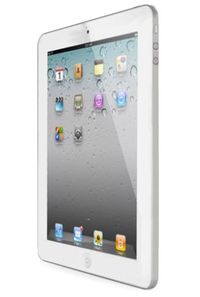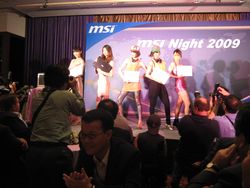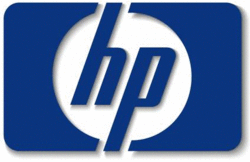
PCs, tablets, e-book readers, phones – no consumer electronic product is “made” any more. It's designed, it's ordered, it's distributed, it's exploited. Made? Not so much.
This dawned on me with news that Amazon expects to sell 3-5 million Amazon-branded tablets this year. The company hasn't even announced a product yet, but Forrester Research says they expect a hit because of Amazon's ability to exploit such a device through its cloud infrastructure.
Back in the 20th century (and you can write that without irony now, just as someone at the dawn of WWI could write “back in the 19th century” without irony) you needed a factory to build computers. At least an assembly plant. The names on your PC corresponded to the company building the device.
No more.

That's why Google bought Motorola Mobility. They need that design expertise. They need that ability to order in quantity. They need those distribution channels. They have the rest of it – the brand name and the network. But all have to be in play for a hit to happen.
Now this new world is as confusing to the Chinese as it is to Americans. I remember being at CompuTex two years when when MSI was announcing their new “branded” line. They were good boxes. I have one now. But the marketing was laughable – models in skimpy outfits parading across the stage while the CEO stood by with a lecherous grin that would make Hugh Hefner blush. I turned to my son, who was with me, and said “1983 called, and they want their marketing back.”

HP, Dell and even Microsoft are getting killed by this new reality. The conventional wisdom is that “the PC is dead” but the real problem is quite different. Microsoft's structure was not open to this new reality, in which it had to be the brand, creating its own distribution channels and ecosystem to support new software and hardware designs.
Microsoft could still recover from this, but its time is increasingly limited. It needs to come to the hardware market under its own brand, it has to deliver something new in form factors people like, and it has to think of the PC in new ways – not as a TV, typewriter and tape recorder but as interfaces that control resources.
What's true for the central device, of course, is also true for other types of gear. Like network boxes. Cisco is getting killed because computers can be network boxes, with open source software, and it has not built its brand as a network. Maybe buying Sprint would help. Maybe it's too late.
Otherwise, instead of talking about HP, Dell and Gateway, as we did in the 1990s, the big PC makers will be Apple, Google and Amazon. The irony, of course, is they won't be making anything. All three are design houses, brand names with networks, and the cash to place multi-million unit orders with OEMs, as well as exploit the resulting captive markets to the full.










